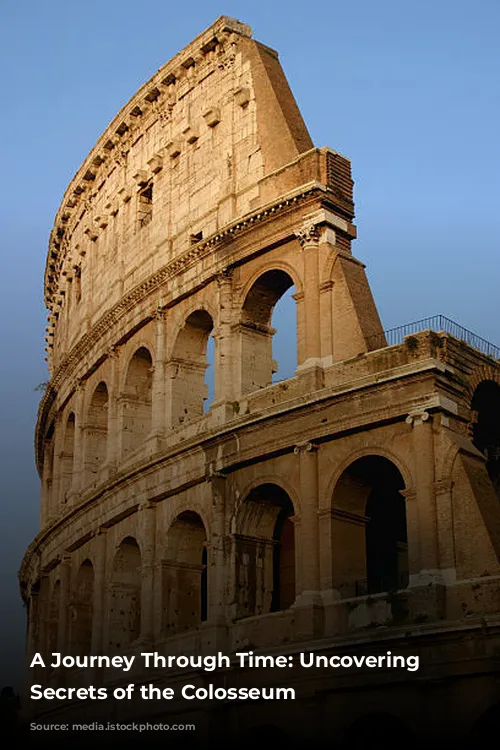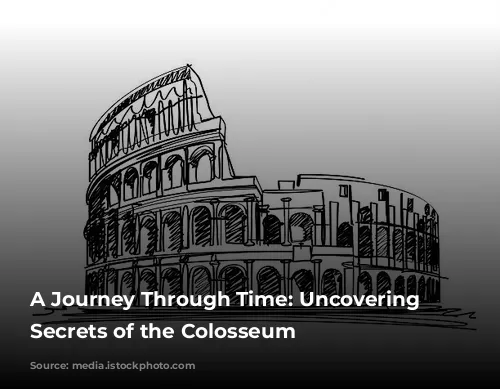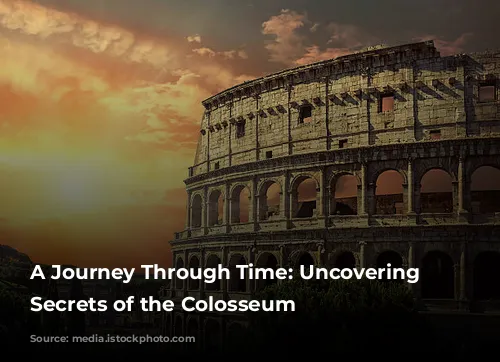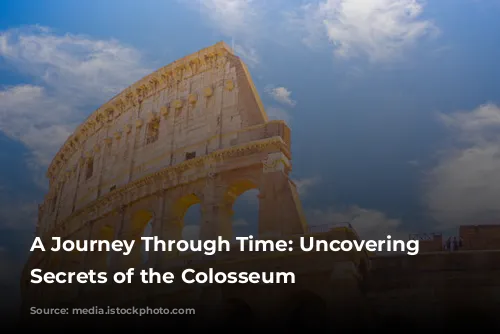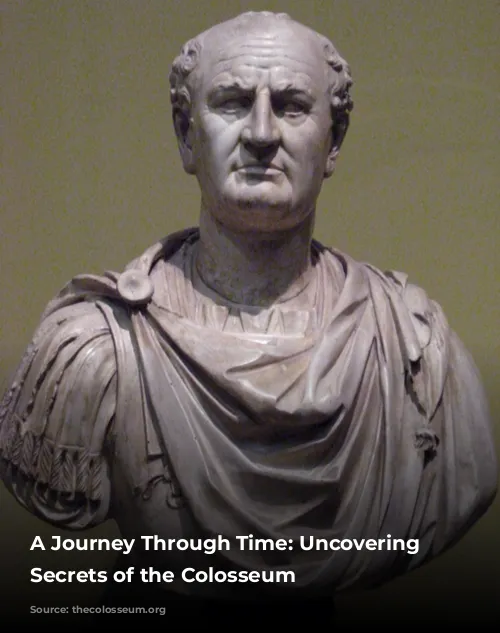The Colosseum, a monument to ancient Roman power and spectacle, stands as a testament to a bygone era, whispering tales of thrilling gladiatorial battles, epic hunts, and gruesome executions. This majestic amphitheater, a symbol of ancient Rome’s grandeur, offers a glimpse into the lives and values of a civilization that has captivated our imaginations for centuries. Let’s embark on a journey through time and uncover the fascinating facts that make the Colosseum a truly remarkable landmark.
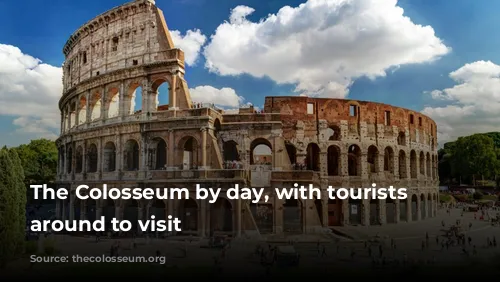
Construction and Legacy
The construction of the Colosseum, initiated in 72 AD under Emperor Vespasian, was a monumental undertaking. The project, completed in 80 AD, was overseen by his sons, Emperors Titus and Domitian. The building, a marvel of engineering for its time, was crafted by a large workforce of Jewish slaves, under the guidance of Roman engineers and skilled artisans.
The construction of this colossal structure, estimated to have employed between 60,000 and 100,000 individuals, is a stark reminder of the Roman Empire’s vast resources and power. These laborers, primarily Jewish slaves, were forced to toil tirelessly, their efforts contributing to the creation of a legacy that continues to amaze us today.
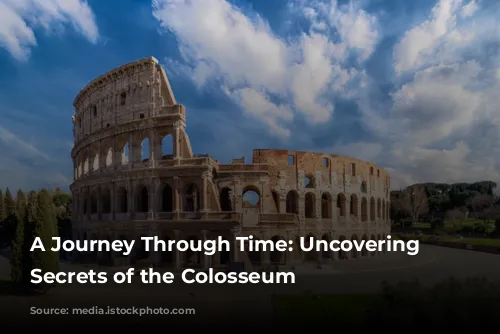
A Symbol of Power and Entertainment
The Colosseum’s origins are intertwined with the dramatic events that unfolded in the heart of Rome. Following the Great Fire of 64 AD, Emperor Nero constructed a lavish palace, the Domus Aurea, on the site of the fire’s devastation. This extravagant act, however, did not endear him to the Roman citizens.
When Nero was deposed and Emperor Vespasian came to power, he sought to appease the populace. He demolished Nero’s opulent palace and in its place, ordered the construction of the Colosseum. This grand amphitheater, intended as a symbol of imperial might and a space for public entertainment, served as a testament to Vespasian’s commitment to reconciling with the Roman people.
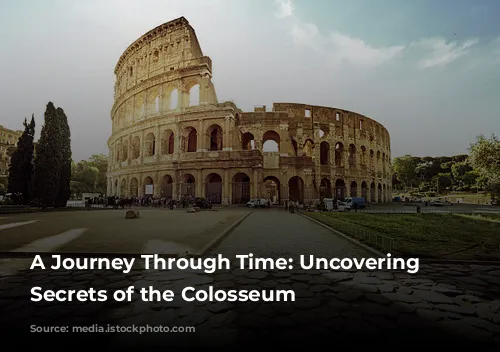
Size and Structure
The Colosseum, an oval-shaped structure, is a testament to the Romans’ architectural prowess. It boasts impressive dimensions, stretching 189 meters long, 156 meters wide, and 48.5 meters tall, with a surface area of 6 acres. This magnificent edifice, a towering reminder of Roman engineering, is a marvel of size and scale, inviting awe and wonder in all who behold it.
The Colosseum’s exterior is adorned with three tiers of columns, following the Doric, Ionic, and Corinthian orders of classical architecture. Each tier features 80 arches, 76 of which were once numbered with Roman numerals, guiding spectators to their designated seating areas. Despite the passage of time, the Colosseum’s architectural grandeur remains evident, captivating visitors with its intricate details and powerful presence.
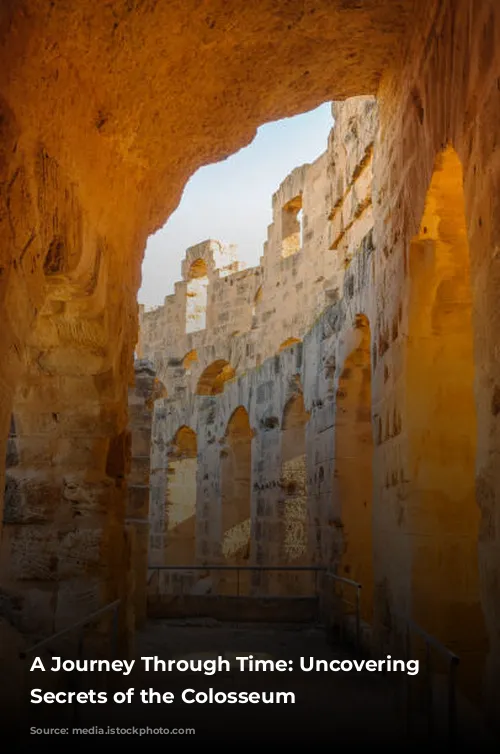
Hidden Depths and Spectacles
Beneath the Colosseum’s imposing structure lies a network of tunnels and chambers known as the Hypogeum, which served as a staging ground for the spectacles that unfolded within the arena. This intricate underground system housed gladiators, animals, and prisoners, preparing them for their fateful entrances into the arena.
A series of 80 vertical shafts provided access to the arena from the Hypogeum, allowing for dramatic entrances and exits during the spectacles. An elaborate system of trap doors allowed for the swift deployment of scenery elements, adding to the spectacle and grandeur of the performances. The Colosseum’s intricate infrastructure serves as a testament to the Romans’ ingenuity and their dedication to providing entertainment on a grand scale.
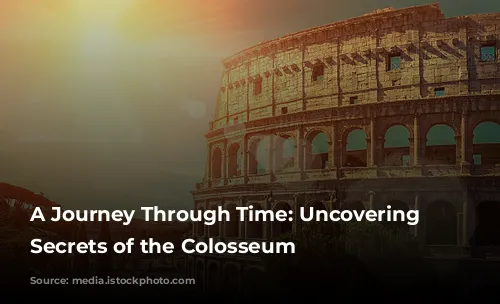
Bloodshed and Spectacles
The Colosseum, a symbol of power and entertainment, also witnessed the brutal realities of ancient Roman society. It hosted a variety of spectacles, ranging from the thrill of gladiatorial combat to the spectacle of animal hunts, and the gruesome executions of prisoners of war and criminals.
While gladiatorial combats, which pitted skilled warriors against each other in fierce battles, were a popular form of entertainment, the Colosseum also played host to animal hunts. These events, often featuring lions, tigers, bears, and other wild animals, provided a thrilling spectacle for the spectators, who reveled in the drama and danger.

A Legacy of Death and Controversy
The Colosseum’s history is marked by the deaths of countless individuals. Estimates suggest that as many as 400,000 people, including gladiators, slaves, convicts, prisoners, and entertainers, met their demise within its walls over the 350 years it was used for human bloodsports.
While the exact number of animals killed in the Colosseum remains unknown, it is believed that the number was well into the millions. Some accounts even suggest that the Colosseum’s activities contributed to the eradication of certain animal species from nearby regions. The Colosseum’s legacy is a reminder of the cruelty and barbarity that existed in ancient Roman society, a stark contrast to the awe and wonder inspired by its architectural grandeur.
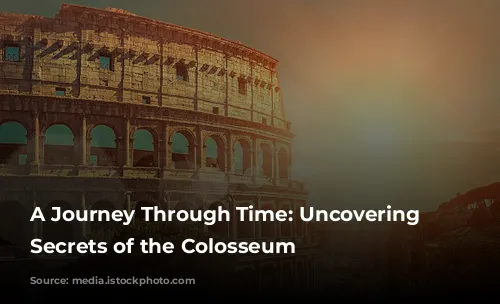
Myth and Reality
The Colosseum’s history is intertwined with myth and legend, and separating fact from fiction can be a challenge. While the movie “Gladiator” provides a thrilling and dramatic portrayal of life in ancient Rome, the historical accuracy of some of its events is debatable.
Commodus, the Roman Emperor featured in the movie, was indeed a real historical figure known for his fascination with gladiatorial combat and bloodsports. However, while he did participate in gladiatorial battles, it is unlikely that he would have fought a formidable opponent in the arena as depicted in the film. Commodus was known for fighting against handicapped or incapacitated opponents, or against animals that posed little threat, a fact that contributed to his unpopularity among the Roman citizenry.
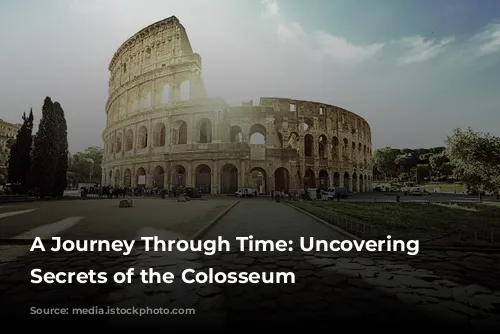
A Shifting Purpose
The Colosseum, once a symbol of Roman power and entertainment, eventually lost its original purpose. Gladiatorial battles, a defining feature of the Colosseum’s early years, ceased in the 5th century. While the exact date is unknown, the last recorded gladiatorial battles took place in 435 AD.
The Colosseum’s decline was not due to the rise of Christianity, as is often believed, but rather to economic constraints. The Roman Empire was in a state of decline by the 5th century, and maintaining the Colosseum, funding gladiators, and providing wild animals became increasingly expensive. The Colosseum’s grandeur could no longer be sustained as the Roman Empire lost its power and wealth.
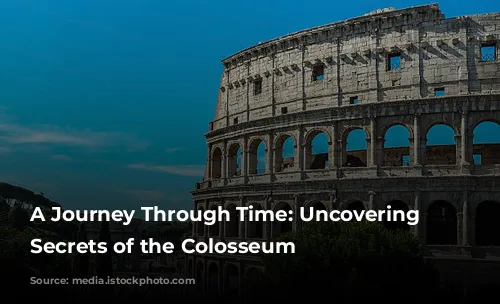
A Modern Icon
Despite its long and tumultuous history, the Colosseum has endured as a testament to Roman ingenuity and a symbol of the past. The Colosseum, a survivor of numerous catastrophes, including fires and earthquakes, has been restored and rebuilt over the centuries.
In modern times, the Colosseum has become one of the world’s most visited tourist attractions, drawing millions of visitors annually. Its enduring popularity is a testament to its historical significance and architectural grandeur. The Colosseum, a timeless monument to Roman history, continues to captivate and inspire, serving as a bridge between the ancient world and the modern era.
